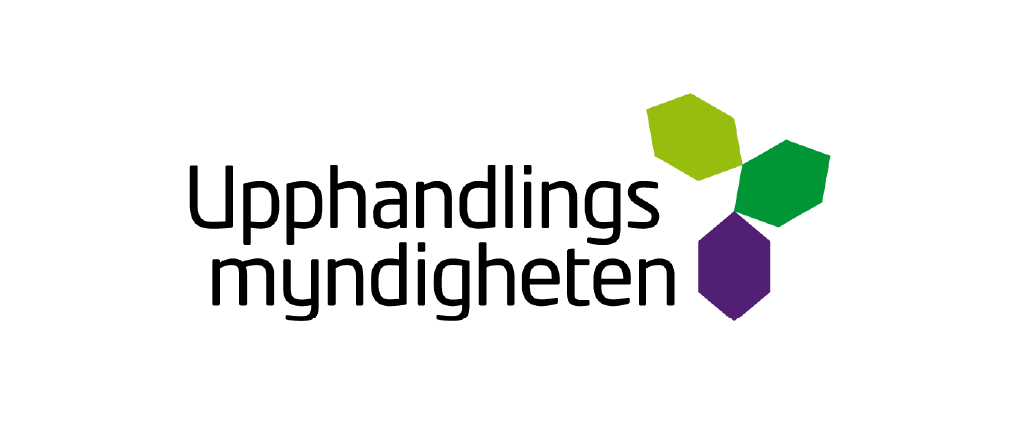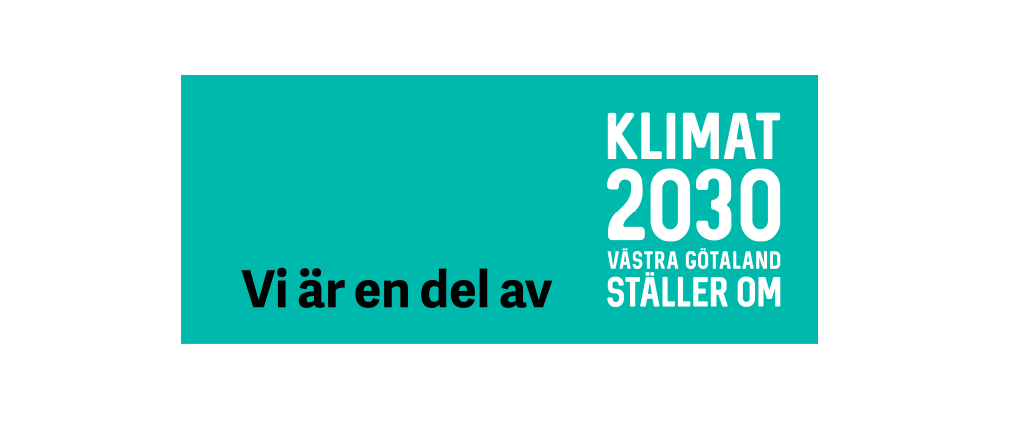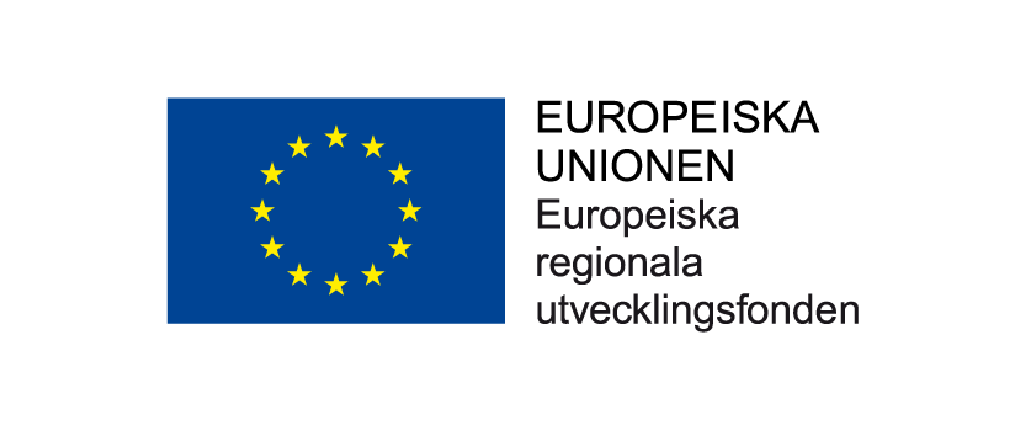Cost optimal energy efficiency in multifamily houses
- Utgivare: Passivhus Norden 2013
- År: 2013
- Författare: Åsa Wahlström, Catrin Heincke, Peter Filipsson
- Typ: Konferensbidrag
More than half of Swedish multi-family buildings were constructed between 1950 and 1975, and most of these are in need of renovation immediately or within a short time. Pursuant to the Directive 2010/31/EU, the National Board of Housing, Building and Planning, has introduced new, stricter rules for making changes in buildings that applies from 2013. These rules state that the same quality requirements that apply to the construction of a new building will apply to changes in buildings. This means, in actuality, that energy consumption requirement for new buildings will also apply to extensive renovations of an existing building.
The purpose with the present study is to analyze which consequences the new building regulation will lead to major renovations of apartment buildings. Which combinations of different heating systems and packages of energy efficiency measures will be necessary to meet the new requirements at major renovation and which combinations of heating systems and packages of measures can optimize costs?
The following four types of heating systems were examined: retaining district heating, complementing district heating with an exhaust air heat pump, converting to a ground-source heat pump or an air-to-water heat pump. The analysis has been performed in accordance with the cost model proposed by the European Commission and thus life cycle costs are estimated based on a calculation period of 30 years, and a discount rate of 3%.
The analysis shows that it is technologically possible to fulfill the requirements of new building regulations with all the heating options in combination with one or more of the six measures.
The results also show that the choice of a heating system is not any obvious one. The margins between the various heating options together with the optimum package of actions are relatively small. Depending on predicts on energy prices and inflation in the future it may be one or the other option that is the most advantageous. Profitability of the different heating packages is also dependent on the district heating price prevailing in the current city. The analyses also shows that the renovation needs of the building in question may be decisive. If renovation costs for facades and windows are considered as maintenances cost and only the additional costs for extra insulation or improved U-value belongs to investment cost it will be possible to meet the requirements of the building regulations in a profitable manner.





